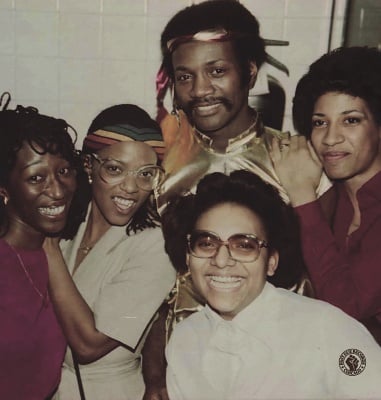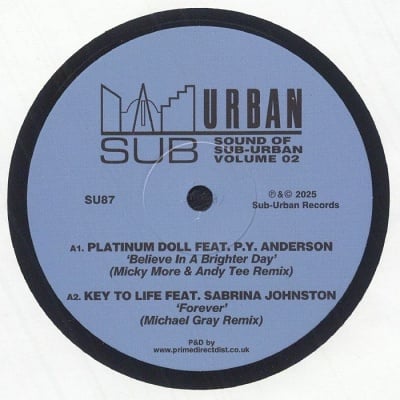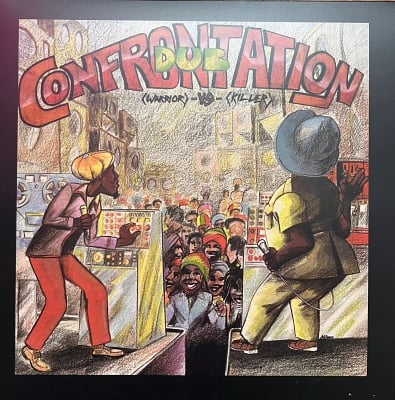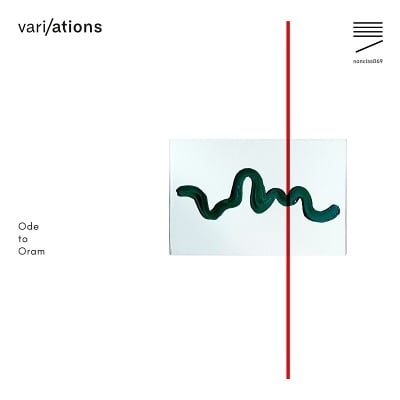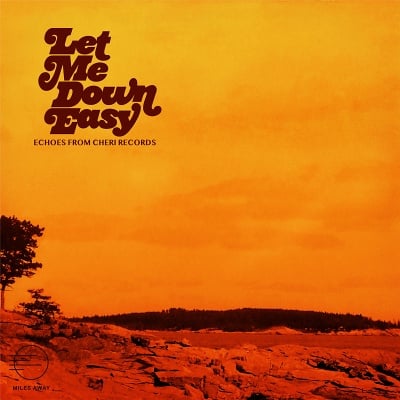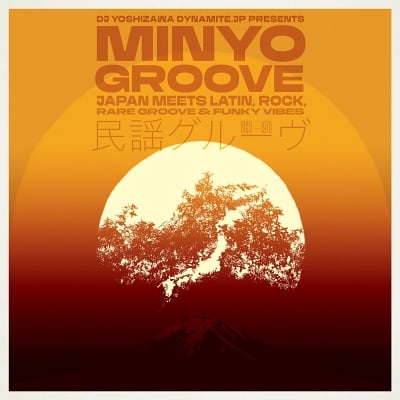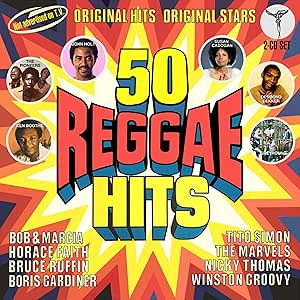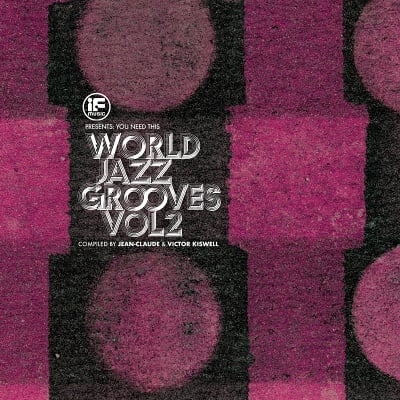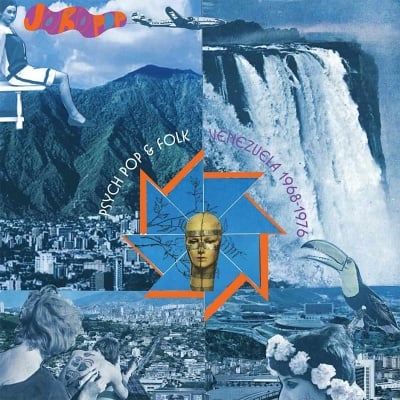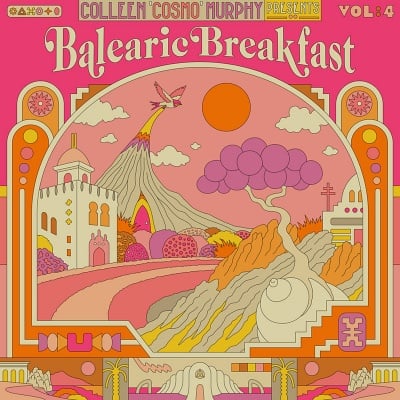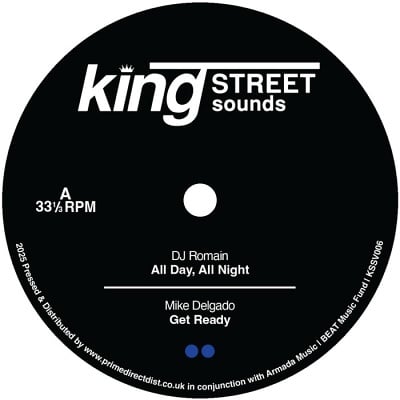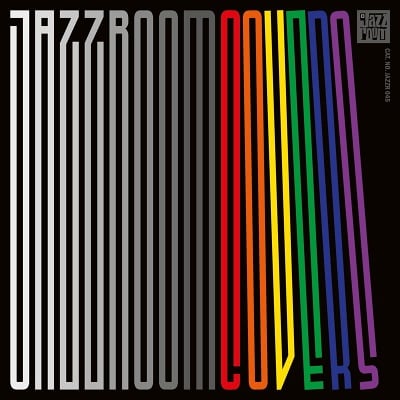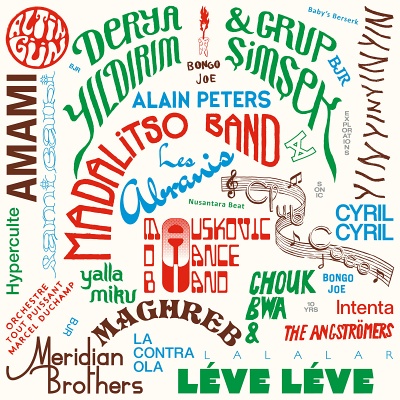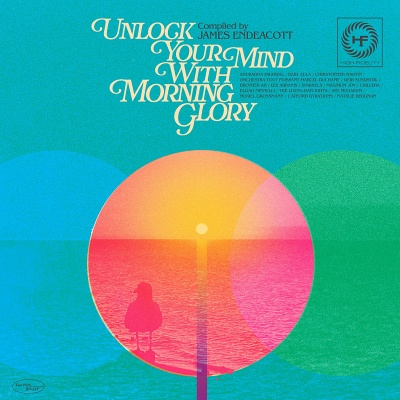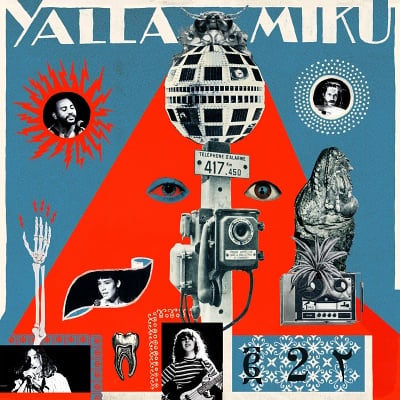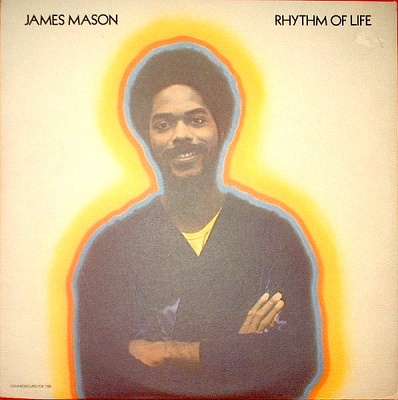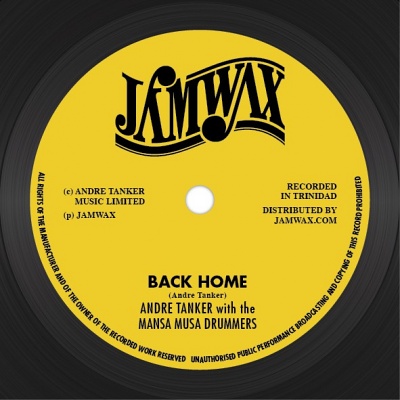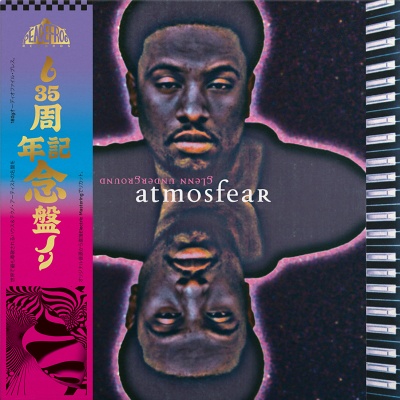
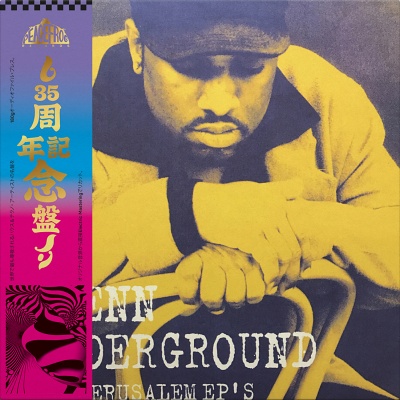
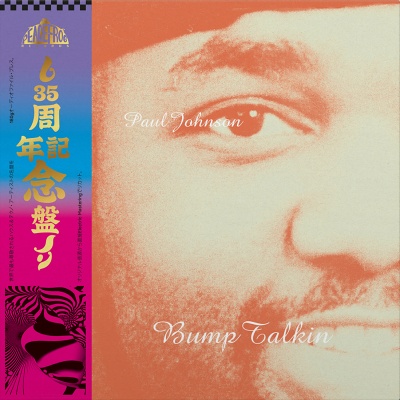
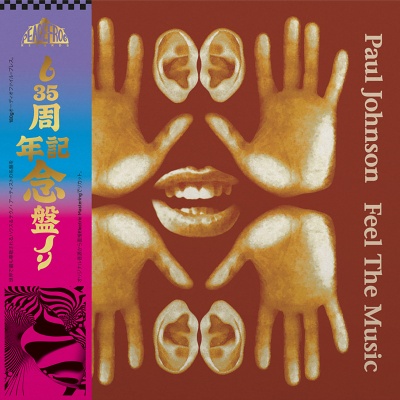
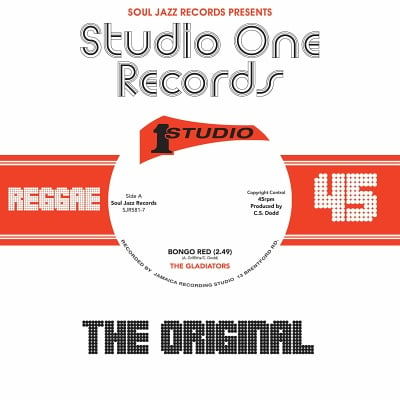
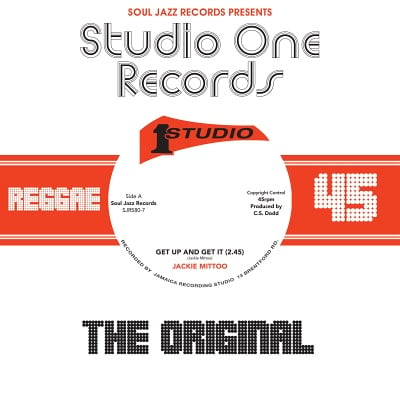
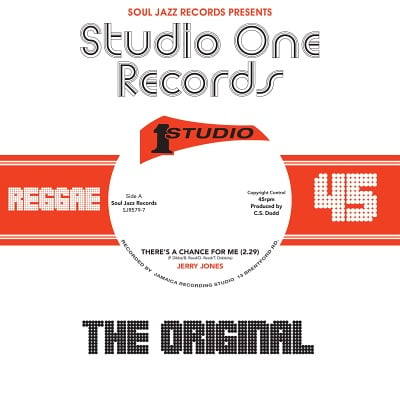

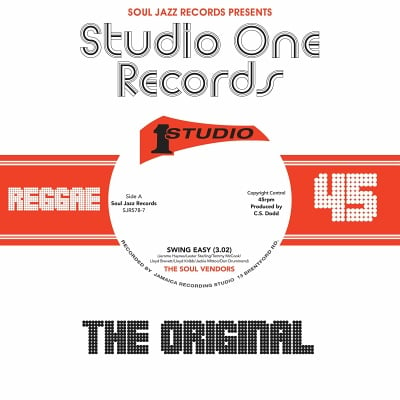
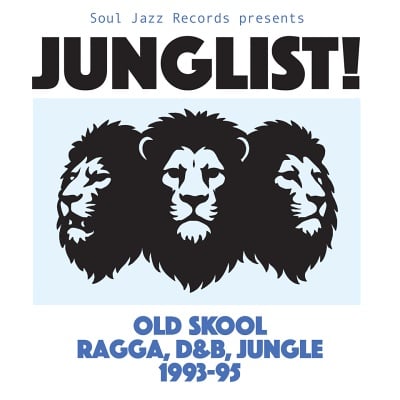

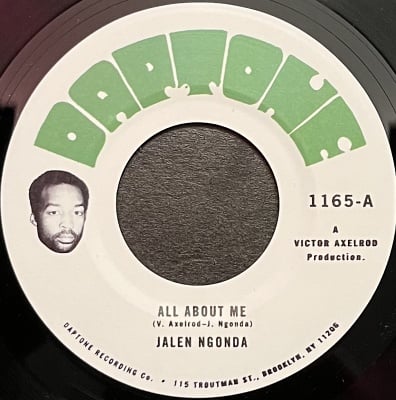
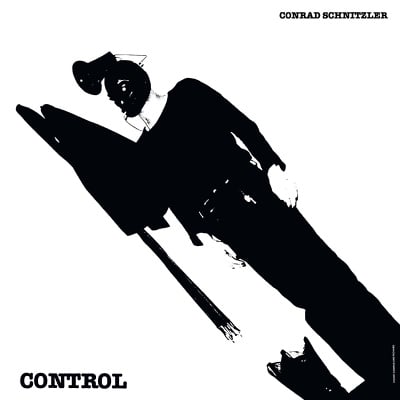

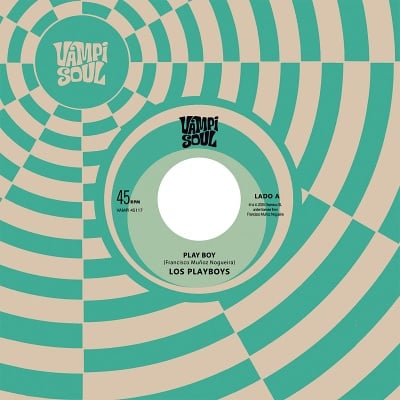
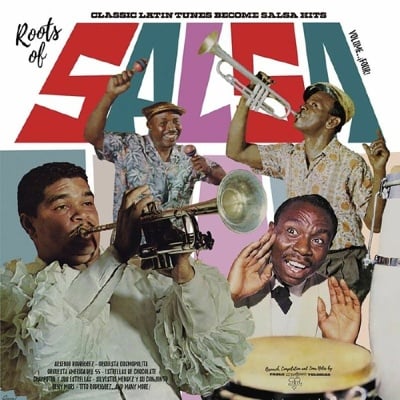
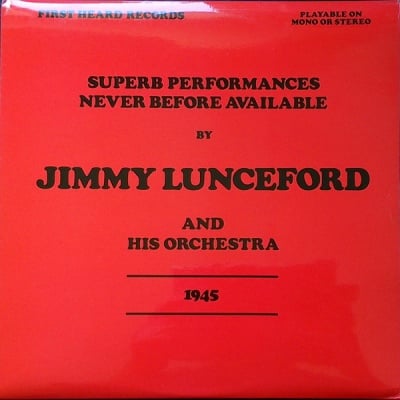
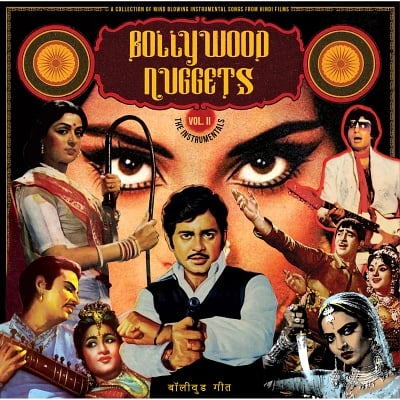
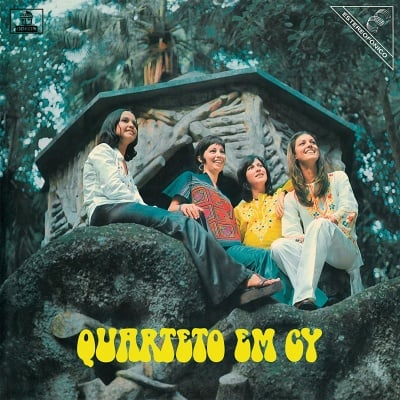
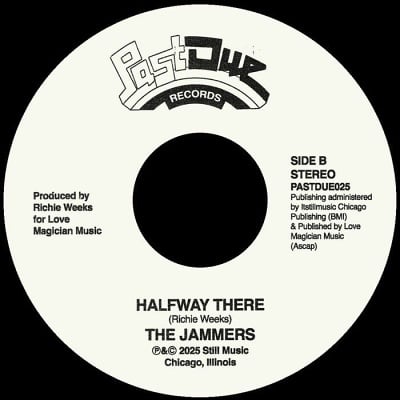
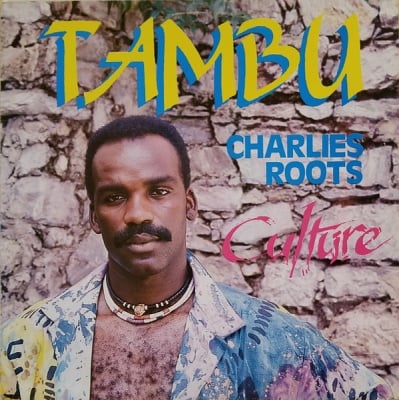




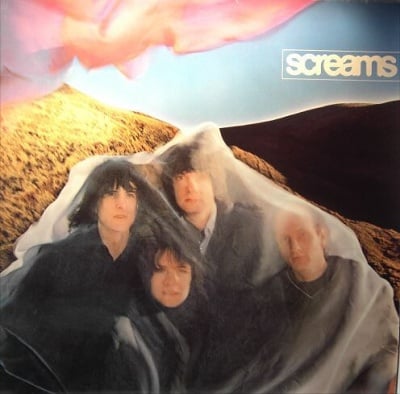
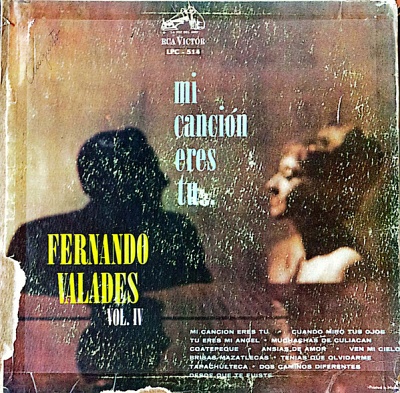
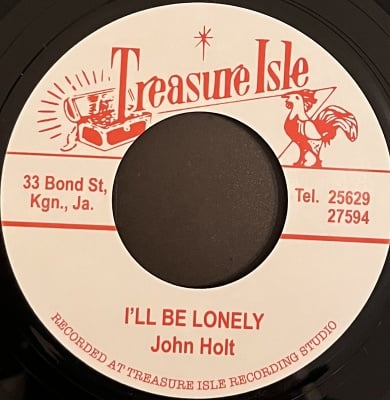

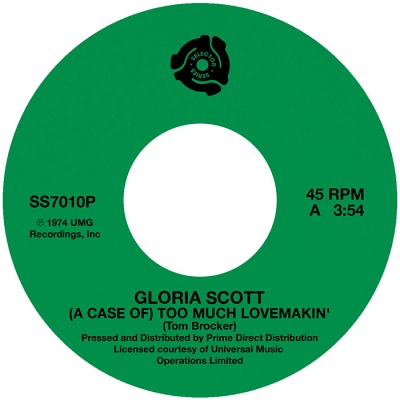





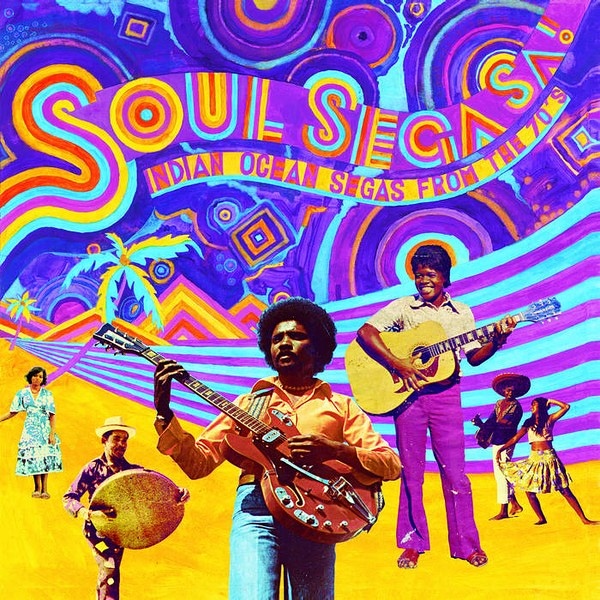
- LP + 7" FWTLP008£16.99Out of stock Notify me when in stock
- Jocelyn Perreau – Sega Manivelle
- Hervé Imare – Mêle Mêle Pas Toué P'Tit Pierre
- Michel Legris – Elida
- Allen Meller – Moin Qui Bizin Travail
- Claudio Veeraragoo – Raphael Zougadeur
- Michou – Maloya Ton Tisane
- Lélou Menwar – Pop L'économie
- Coulouce – Soul Sega
- John Kenneth Nelson – Mo Piqué Zégouille
- Claude Vinh San – Maloya
- Ti L'Afrique – Soul Sock sega
- Joseph Louise – Ti Kreol Leo
- 1. Jocelyn Perreau – Sega Manivelle
- 2. Hervé Imare – Mêle Mêle Pas Toué P'Tit Pierre
- 3. Michel Legris – Elida
- 4. Allen Meller – Moin Qui Bizin Travail
- 5. Claudio Veeraragoo – Raphael Zougadeur
- 6. Michou – Maloya Ton Tisane
- 7. Lélou Menwar – Pop L'économie
- 8. Coulouce – Soul Sega
- 9. John Kenneth Nelson – Mo Piqué Zégouille
- 10. Claude Vinh San – Maloya
- 11. Ti L'Afrique – Soul Sock sega
- 12. Joseph Louise – Ti Kreol Leo
Sega music is rooted in the musical underground of slaves arriving from Africa and Madagascar on the shores of Mauritius, Réunion and the Seychelles, in the south-western corner of the Indian Ocean, during the seventeenth century. Over time this Creole culture adopted Western instruments and traditional European forms like the quadrille and waltz, even as it articulated the cultural impact of hired workers from India. In the modern era, the gramophone brought all kinds of music to the mix; and violins and accordions were replaced by electric guitars, drums and keyboards, as psychedelic synths, fuzz and elastic bass lines re-cast the traditional polyrhythms of drums, ravannes, bongos, claves, triangles and maracas. Record production boomed; hundreds of small labels sprang up...
- – Tito Puente Y Su Conjunto - Cuando Suenan Los Tambores
- – Orquesta America Del 55 - Calletana
- – Alfonsin Quintana Y Su Conjunto Jovenes Del Cayo - Dulce Con Dulce
- – Cheo Marquetti - Caramelo A Kilo
- 3. – Tito Puente Y Su Conjunto - Cuando Suenan Los Tambores
- 4. – Orquesta America Del 55 - Calletana
- 5. – Alfonsin Quintana Y Su Conjunto Jovenes Del Cayo - Dulce Con Dulce
- View full info and tracklisting
- LP GR039£28.99In stockAdd to Bag
- LP AKENAT6£25.99In stockAdd to Bag
- – Storung - Radio Lines
- – Genetic Factor - Are You
- – Ego Produkties - The Explorer (Instrumental)
- – Parlinone - Dodubdada
- – Selfs Without Shells - Another Night
- – Terms Of Abuse - Happy Together
- – Terms Of Abuse - Pale Paintress
- – La Strada - Neuroduplication
- – Single Handed - This Morning Carousel
- – T Toeloeze - Science Fiction
- – King Koen - Erika
- – Gradual Isolation - The Sky Converts
- – Gradual Isolation - Agony By Men
- 1. – Storung - Radio Lines
- 2. – Genetic Factor - Are You
- 3. – Ego Produkties - The Explorer (Instrumental)
- View full info and tracklisting
- LP WR020£34.99In stockAdd to Bag
- – Ruwengo Bros Band - Mama Chiru
- – Orch Bana Nzenza - Dunia Yetu
- – Liwanza Komecha - Juliana
- – Super Wanyika - Matatizo Nimeyazoea
- – Ambira Boys Band - Mama Otongolo
- – Les Kizai-Zai (Magoma Moto) - Jaqueline
- – Sega Sega Band - Jirani
- – Orch Shika Shika - Diana
- 1. – Ruwengo Bros Band - Mama Chiru
- 2. – Orch Bana Nzenza - Dunia Yetu
- 3. – Liwanza Komecha - Juliana
- View full info and tracklisting
- LP NWS22£23.99In stockAdd to Bag
- – Claude Young - Aquatic Collage
- – Molinaro - Sabtal
- – Other Lands - Energy (Replenished)
- – Zopelar - Estrela
- – Jordan GCZ - I Said What I Said
- – EDB - Dream Rivers
- – Volcov - The Pavilion
- – Joe Claussell - A Gentle Gesture
- – Lars Bartkuhn - Born Again (Instrumental)
- – Meftah - 7
- – Stephen Lopkin - Pigment (Part 1)
- – Nu Era - Lost Seven
- 1. – Claude Young - Aquatic Collage
- 2. – Molinaro - Sabtal
- 3. – Other Lands - Energy (Replenished)
- View full info and tracklisting
- 2×LP NERO064£35.99In stockAdd to Bag
- – If You Were Mine (Version 2)
- – Rockin' It In The Pocket (Instrumental)
- – What's In It For Me (Short Mix)
- – Out To Get You (Demo)
- – Love Robots (Version 2)
- – Knock Knock (Demo)
- – Flaunt It
- – Dance 2000
- 1. – If You Were Mine (Version 2)
- 2. – Rockin' It In The Pocket (Instrumental)
- 3. – What's In It For Me (Short Mix)
- View full info and tracklisting
- 2×12" PASTDUELP020£32.99In stockAdd to Bag
- – Platinum Doll - Believe In A Brighter Day (feat PY Anderson) (Micky More & Andy Tee Remix)
- – Key To Life - Forever (feat Sabrina Johnston) (Michael Gray Remix)
- – Deep Zone It's Gonna Be Alright (Help Is On The Way) (feat Ceybil Jefferies) (The Mike & Matty Show)
- – Jazz-N-Groove Keep Givin' Me Love (The Groove Mix)
- 1. – Platinum Doll - Believe In A Brighter Day (feat PY Anderson) (Micky More & Andy Tee Remix)
- 2. – Key To Life - Forever (feat Sabrina Johnston) (Michael Gray Remix)
- 3. – Deep Zone It's Gonna Be Alright (Help Is On The Way) (feat Ceybil Jefferies) (The Mike & Matty Show)
- View full info and tracklisting
- 12" SU87£14.99In stockAdd to Bag
- Magazine (300g) WJMAG17£18.99128 pages, 170 x 240 mm in size and printed on 140g Edixion paper with laminated 300g Invercote covers.In stockAdd to Bag
- – Mitch Frohman’s Latin Jazz Quartet - Accents Con Ritmo
- – Tito Puente and his Orchestra - Oye Como Va
- – The Bronx Horns - Catch the Feeling
- – Tito Puente’s Top Percussion Ensemble - Rhumba Abierta 1
- – Mitch Frohman’s Latin Jazz Quartet - Cha Cha with the Bronx Horn
- – Tito Puente and his Orchestra - Generation del 80
- – The Bronx Horns - Mitch’s Mambo
- – Tito Puente’s Top Percussion Ensemble - Rhumba Abierta 2
- 1. – Mitch Frohman’s Latin Jazz Quartet - Accents Con Ritmo
- 2. – Tito Puente and his Orchestra - Oye Como Va
- 3. – The Bronx Horns - Catch the Feeling
- View full info and tracklisting
- New LP (Coloured Vinyl)£22.00Limited clear vinyl editionIn stockAdd to Bag
- – Ranking Dub
- – Jahoviah Dub
- – Aggro Dub
- – Bitter Dub
- – Revenge Dub
- – Repatriation Dub
- – Chapter Two
- – Dreader Dub
- – College Dub
- – Afrika Dub
- 1. – Ranking Dub
- 2. – Jahoviah Dub
- 3. – Aggro Dub
- View full info and tracklisting
- LP LAP 12£16.00In stockAdd to Bag
- 2×12" DTRV010£32.99Expected 19 DecPreorder
- LP NONCLSS069£30.99In stockAdd to Bag
- LP MALP002£25.99Out of stock Notify me when in stock
- CD MACD002£12.99In stockAdd to Bag
- LP 180GWALP08£29.99In stockAdd to Bag
- 2×12" PW03-12£36.99In stockAdd to Bag
- 2×12" PUREMMLP3£32.99In stockAdd to Bag
- New 2×LP (Coloured Vinyl) MRBLP332£35.99'Transparent Blue & Orange' coloured vinyl.In stockAdd to Bag
- LP 5060571363862£25.99In stockAdd to Bag
- – Ken Boothe - Everything I Own
- – John Holt - Help Me Make It Through The Night
- – Susan Cadogan - Hurt So Good
- – Paul Davidson - Midnight Rider
- – Laurel Aitken - Fattie Bum Bum
- – Bruce Ruffin - Candida
- – The Pioneers - A Little Bit Of Soap
- – Boris Gardiner - You Make Me Feel Brand New
- – Nicky Thomas - Lonely For Your Love
- – Jackie Edwards - Julie On My Mind
- 1. – Ken Boothe - Everything I Own
- 2. – John Holt - Help Me Make It Through The Night
- 3. – Susan Cadogan - Hurt So Good
- View full info and tracklisting
- 2×CD DB2CD169£17.00In stockAdd to Bag
- LP DEATH090LP£30.99In stockAdd to Bag
- 2×LP BBE585CLP£29.99Out of stock Notify me when in stock
- CD BBE585CCD£14.99In stockAdd to Bag
- 2×LP XXQLP2 162£28.99In stockAdd to Bag
- Book (350g)£12.99In stockAdd to Bag
- 2×CD CDTOP2 1665£22.99In stockAdd to Bag
- Book (350g)£13.99In stockAdd to Bag
- LP MR487£27.99In stockAdd to Bag
- 2×LP HVNLP237£32.99In stockAdd to Bag
- 2×CD HVNLP237CD£14.99Out of stock Notify me when in stock
- 2×CD DBCDD-020£16.00In stockAdd to Bag
- 12" EP KSSV006£14.99In stockAdd to Bag
- New 2×LP JAZZR045£36.99In stockAdd to Bag
- Book (350g)£13.99In stockAdd to Bag
- 2×LP FSRLP154£32.99Out of stock Notify me when in stock
- CD FSRCD154£9.99In stockAdd to Bag
- New 2×LP (Coloured Vinyl) BJR10YLP£31.99'Splatter' vinyl.In stockAdd to Bag
- CD BJR10YCD£16.99In stockAdd to Bag
- New 2×LP (Coloured Vinyl) BN15LPX£41.99'Sunbeam Orange' coloured vinyl.In stockAdd to Bag
- CD BN15CD£12.99In stockAdd to Bag
- Book (450g)£18.99In stockAdd to Bag
- CD BJR118CD£14.99In stockAdd to Bag
- New 2×LP (Coloured Vinyl) BJR10YLP£31.99'Splatter' vinyl.In stockAdd to Bag
- CD BJR10YCD£16.99In stockAdd to Bag
- – sweet power your embrace
- – free
- 1. – sweet power your embrace
- 3. – free
- View full info and tracklisting
- CD CRD189£12.99Out of stock Notify me when in stock
- LP FBK002LP£16.99Out of stock Notify me when in stock
- – Back Home
- – Get Ahead
- 1. – Back Home
- 2. – Get Ahead
- View full info and tracklisting
- 7" JAMWAX10£7.99Out of stock Notify me when in stock



